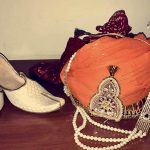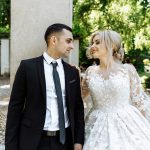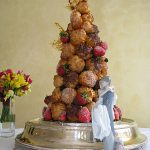
The Jewish community has a long history and rich heritage. They preserved their customs from the beginning. A wedding is a perfect way to witness these traditions and immerse yourself in Jewish culture and religion. You will experience dancing and family fun. Read this article if you want Jewish wedding traditions explained.
Jewish Wedding Traditions
Like any other ceremony, weddings come with a variety of Jewish traditions; wedding customs depend on whether the couple is Ashkenazi or Sephardic; how orthodox are the families; whether only one member of the couple is Jewish or both; how many rituals one wants to perform at the wedding. Regardless, you will enjoy yourself at any Jewish wedding.
Aufruf
Aufruf is one of the Jewish pre wedding traditions. This ritual happens on the Shabbat preceding the wedding. This word means “calling up” in Yiddish. The rabbi calls upon either the groom or the couple together to the Torah to recite the aliyah or special blessing. The rabbi offers misheberach or blessing and blesses the couple for a happy married life. Congregation members throw candy at the couple to celebrate.
Fasting
Since the Jewish wedding ceremony day is a day of forgiveness, some couples fast as they do on Yom Kippur (the day of atonement). The couple breaks their fast together after the wedding ceremony.
Signing of the Ketubah
This signing of the ketubah, or marriage contract happens before the wedding ceremony. The marriage contract states the groom’s responsibilities to his bride, the bride’s protections and rights, divorce reasons, and the marriage conditions. The couple and two witnesses (not blood relatives) sign the contract with the rabbi or officiant and few family members are present. The contract is one of the most important Jewish wedding symbols that’s why it looks different from an ordinary piece of paper.
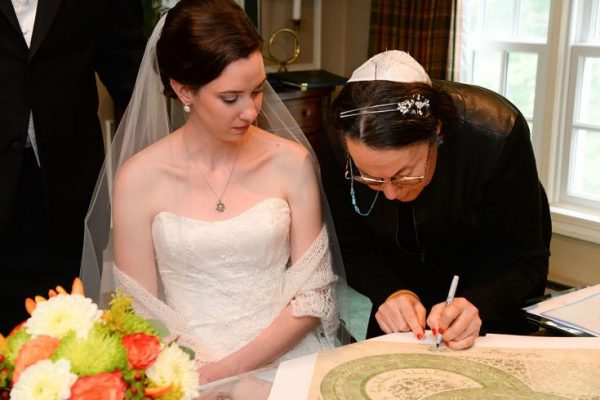
Bedeken
In some Orthodox communities, the couple performs the bedeken ceremony. The groom places a veil over the bride’s face. Bedeken happens to be from the list of Jewish wedding traditions in Bible times.
Walk to the Chuppah
One of the wonderful Jewish wedding traditions: chuppah. The chuppah is the wedding canopy underneath which the couple gets married. It is a piece of cloth supported by four poles sometimes held up by attendants. As for Jewish wedding decorations, adding flowers and leaves to the chuppah is also possible.
During the ceremony, the bride’s grandparents and the groom’s grandparents walk down the aisle followed by the best man and groomsmen. Next, the groom and both his parents walk down the aisle to the chuppah. The bridesmaids and maid of honour are next. Then, the bride and her parents arrive at the chuppah. The couple’s parents, the couple, and the rabbi or officiant stand under the chuppah during the ceremony. If preferred, the maid of honour and best may also stand underneath the chuppah. Jewish wedding ceremonies continue with the vows.

Circling
This Jewish wedding tradition is the hakafot or circling. The bride circles the groom three or seven times before arriving at the chuppah. The bride does this wall of protection ritual to ward off evil spirits, other women, and temptation. Or it is symbolically creating a new family circle.
Wedding Rings
A Jewish wedding ring is made of metal with no stones. According to ancient traditions, the bride wears the ring on the left forefinger since the vein from this particular finger goes right to the heart.
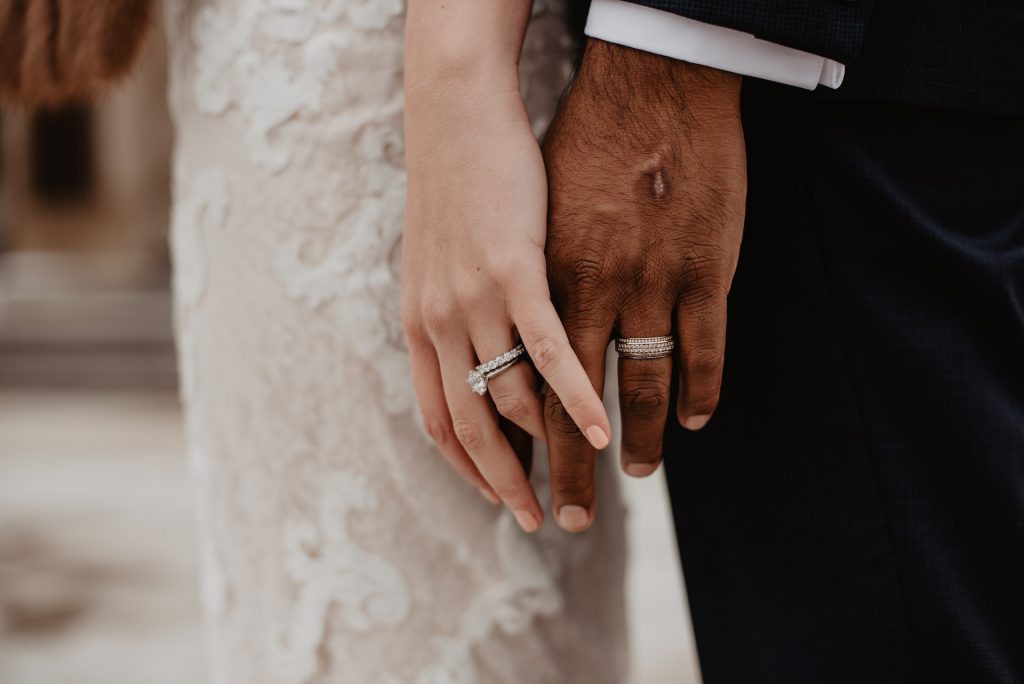
Sheva brachot
Over a cup of wine, the rabbi recites sheva brachot or seven blessings. Jewish wedding ceremonies bestow joy, peace, love, and companionship to the couple. That’s why the blessings are said.
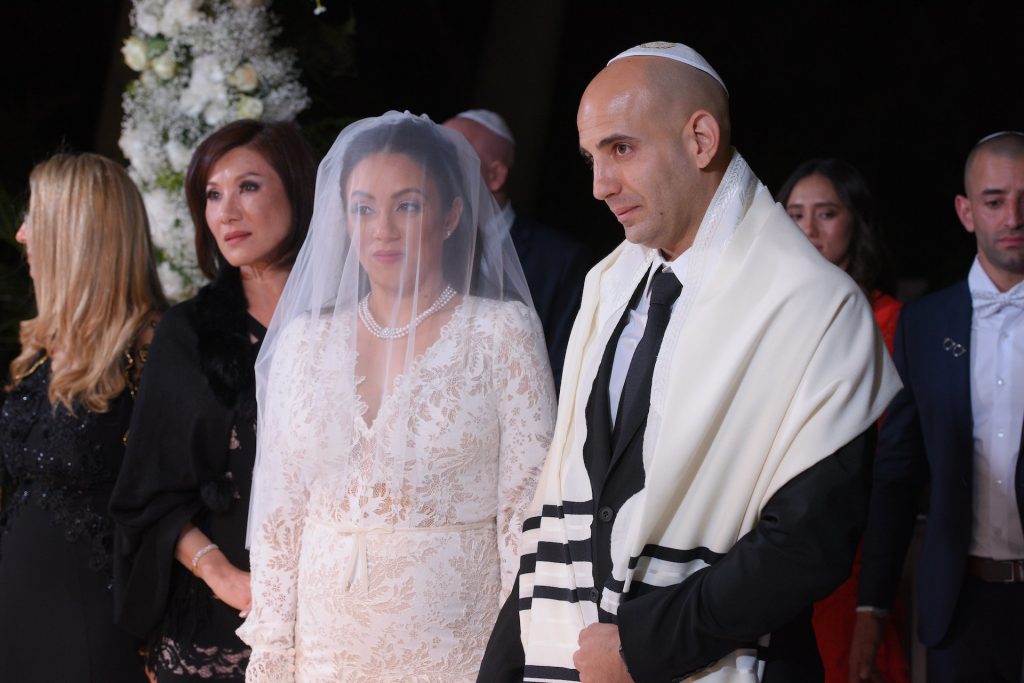
Breaking of the Glass
Once the ceremony ends, the groom stomps on a glass wrapped in a cloth. Now, you might be wondering why do Jewish break glass at wedding ceremonies. Some say it is meant to represent the destruction of the Temple in Jerusalem, that marriage contains sorrow and joy, or the commitment needed to be together in hard times.
Mazel Tov
Guests shout “Mazel Tov!” once the glass breaks. Mazel Tov means “congratulations” or “good luck” depending on the situation. These words convey Jewish wedding wishes.
Yichud
Traditionally after the ceremony, the couple spends some time in yichud or seclusion away from all the guests. In ancient times, this was one of the Jewish wedding night traditions since the couple consummated their marriage. These days, the couple spends some quiet time alone and enjoys their first meal as a married couple.
Blessing of the Challah
Another fun Jewish wedding ritual is the blessing of the challah bread. A family elder or a rabbi sings a prayer blessing the challah bread. The bread is cut and they take a bite. The challah gets cut into pieces so that everyone can partake.
Jewish Wedding Dance
The Hora is known as the circle dance at a Jewish wedding reception. The couple sits on chairs and guests lift them while dancing in circles. The Mizinke happens when the last child of the parents gets married. The parents sit on chairs while the mother wears a floral crown. The guests dance merrily around the parents. No guest should miss the circle dance; Jewish wedding receptions don’t happen without it.
Another Jewish wedding chair dance is the Krenzel dance. The bride’s mother wears a wreath of flowers on her head and the daughters dance around her. This is traditionally done at the last unwed daughter’s wedding. Apart from the Jewish wedding circle dance, there is the Mitzvah Tantz. Here family members and honoured rabbis dance in front of the bride. They are holding a gartel while dancing. Then, in the end, the bride and groom dance together. So make sure to dance at Jewish wedding receptions and have fun.
Dancing is a large part of Jewish wedding traditions; chair dance customs will have everybody dancing in no time. So, get up from your chairs and dance while listening to a Jewish wedding song.
What to Wear at a Jewish Wedding
The bride wears a white Jewish wedding gown which can be veiled for the bedeken ritual. The rest of the dress code depends on the couple’s denomination: reform, conservative, and orthodox. The wedding gown has to be kosher in accordance with Orthodox Jewish wedding traditions. The groom wears a suit with a kippah or yarmulke or skullcap. Male guests also adorn the kippah. Female guests need to make sure their Jewish wedding dress is appropriate for a synagogue visit. Married women typically cover their hair.
Guests should make sure to read the invitations carefully for instructions. The invitation states important details like the names of the couple, a request to attend the ceremony, date, time, and venue of the event, reception information, dress code, etc. The invitation might have the date according to the lunar calendar rather than the Gregorian calendar.
For an Orthodox Jewish wedding, ladies and gentlemen must dress conservatively. Ladies cover everything from their collarbone to the knees along with elbows. Men wear long sleeves, jackets, long pants, ties, and a yarmulke on their heads.
For a Conservative ceremony, women dress relatively conservatively, but necks and backs don’t need to be fully covered. The synagogue can tell you if married women need to cover their heads and if men have to wear a yarmulke. For a Reform ceremony, no dress code requirements so you just need to dress according to the Jewish wedding invitations.
Wear comfortable shoes. Jewish weddings feature a lot of dancing. You will be doing a circle dance at Jewish wedding receptions so be prepared.
Jewish Wedding Traditions
Jewish weddings are a celebration of Jewish culture. Ancient Jewish wedding traditions have survived and are still being used today. That is the beauty of the Jewish heritage. Whether the couple follows Jewish Orthodox wedding traditions or traditional Jewish wedding traditions, you will enjoy yourself either way.
So the next time you are invited to a Jewish wedding, you won’t be confused and think about what are Jewish wedding traditions are. You will just go out and appreciate all the 12 steps of Jewish wedding customs.





